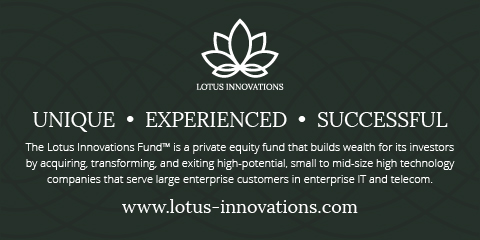Adopting an Agile Methodology to Drive Innovation
By: Chris Brown
 Today’s large enterprises face continuous disruption from fast moving startups entering their industries. We see this across cloud computing, telecommunications, workplace management, and more.
Customers have evolved in this digital era, where high expectations of quality and rapid response times to deploy new propositions or improve their business operations are ever increasing. In order
to meet this evolving customer demand, large B2B providers need to be able to develop innovative products in a quick time frame.
Today’s large enterprises face continuous disruption from fast moving startups entering their industries. We see this across cloud computing, telecommunications, workplace management, and more.
Customers have evolved in this digital era, where high expectations of quality and rapid response times to deploy new propositions or improve their business operations are ever increasing. In order
to meet this evolving customer demand, large B2B providers need to be able to develop innovative products in a quick time frame.
This ability to rapidly develop new products is an area where startups can sometimes gain an edge on large enterprises. That’s because they are more likely to leverage an agile methodology for their development cycles, allowing them to regularly test and pivot product ideas without much consequence. Enterprises usually have a significant brand reputation on the line, so they’re less likely to take risks on solutions that may not succeed in the market. However, it’s time for these large companies to take a page from the startup book and reevaluate the way they develop innovative products.
Out with the Old, in with the Lean
Companies adopt numerous methodologies across divisions to ensure that employees work toward objectives and drive business growth and opportunity. Very often in larger organizations Waterfall project delivery is the go-to option. Waterfall is a sequential process where each action follows another and the next action cannot occur until the others before it are finished. This means that you do not see a potential product until the very end of the cycle.
The Waterfall technique is arguably the most efficient methodology when project vision is clear and little change is expected throughout the delivery. Where Waterfall falls short is in its ability to deal with rapid change, something that is likely to be present in abundance when companies are looking to discover and test the potential of new innovative ideas. With Waterfall, the team has clear step-by-step instructions on how to achieve their goal, which does not allow much room for people to make assumptions or take a risk where they may be wrong. When looking to drive innovation, teams need to have the flexibility to make broad assumptions that, in the end, may be wrong, but still open the door to new ideas. This is why development practices such as Waterfall prove to be cumbersome and inefficient in quickly developing ideas for innovative products.
This is where Lean Startup and Agile come into play. While Agile is routinely viewed as just a software development team methodology, organizations can actually adopt Agile techniques and Lean Startup principles in order to drive innovation and come up with potential industry-changing products.




















